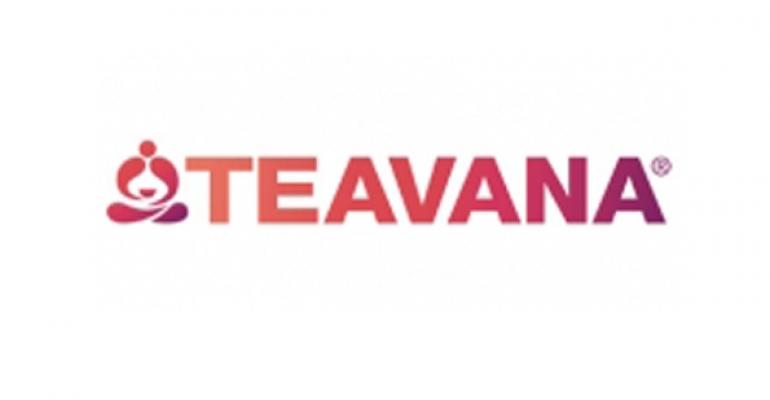 This post is part of the On the Margin blog.
This post is part of the On the Margin blog.
For years, Starbucks Corp. has been reminding us about the changing retail landscape. And in 2017, that is definitely happening. Retailers are closing stores and filing for bankruptcy at levels not even seen during the recession.
“We anticipated and we saw very early on that there was going to be a very, very significant disruptive and almost cataclysmic change in the landscape of physical retailers,” Starbucks executive chairman Howard Schultz said. “We’re in the nascent stage of that. And there are going to be many, many losers.”
One of those losers, apparently, is Teavana, Starbucks’ tea brand.
This week, the Seattle-based coffee giant acknowledged that weakening retail traffic is hitting many of its 350 Teavana mall-based locations.
“Many of our mall-based Teavana stores are continuing to have a negative impact on our overall result,” CEO Kevin Johnson said during the company’s second quarter earnings call on Thursday. “We have launched a review process and intent to take clear action to improve the performance of our Teavana mall store portfolio.”
Starbucks paid $620 million in cash for Teavana in 2012. The deal, much like Starbucks’ other deals, was aimed mostly at bringing a product into its stores.
Indeed, the Teavana brand “continues to be highly accretive to our tea business inside Starbucks stores.” In-store Teavana drinks are up 10 percent, and helped boost tea sales by 40 percent in Japan and Asia after they were introduced there. And the company is now introducing a Teavana ready-to-drink brand to sell at retail locations.
But there is still that mall traffic.
“We have issues with Teavana,” Schultz said.
Starbucks’ coffee shops are more immune to the problems affecting retail because they are a “customer destination,” CFO Scott Maw said. You can’t sell hot coffee over the Internet, after all — at least not yet.
Teavana is fundamentally different. It’s a tea retail shop, and not a place where consumers sit and sip tea. So the retail problems are affecting Teavana stores, and more so than the company anticipated.
Maw said Starbucks has invested in new store designs and merchandising since the acquisition, “but the rate of the decline through last holiday into [the company’s fiscal second quarter] is worse than we had forecast.”
He said the company expects “further declines at a number of at-risk Teavana mall stores.”
The company said it has closed mall stores from time to time, “but given these recent performance challenges,” it recorded a higher charge related to the struggling stores in its most recent quarter, Maw said.
So the company is “evaluating strategic options for the at-risk portion” of the company’s mall store portfolio.
Maw stressed that Starbucks does have a “subset of profitable Teavana mall stores.” And he said that, “strategic reviews are not a new practice for us, and typically result in a stronger portfolio and increased profits.”
But for now, it seems, Teavana is one of those struggling retailers Schultz has been talking about all of these years.
Jonathan Maze, Nation’s Restaurant News senior financial editor, does not directly own stock or interest in a restaurant company.
Contact Jonathan Maze at [email protected]
Follow him on Twitter: @jonathanmaze

